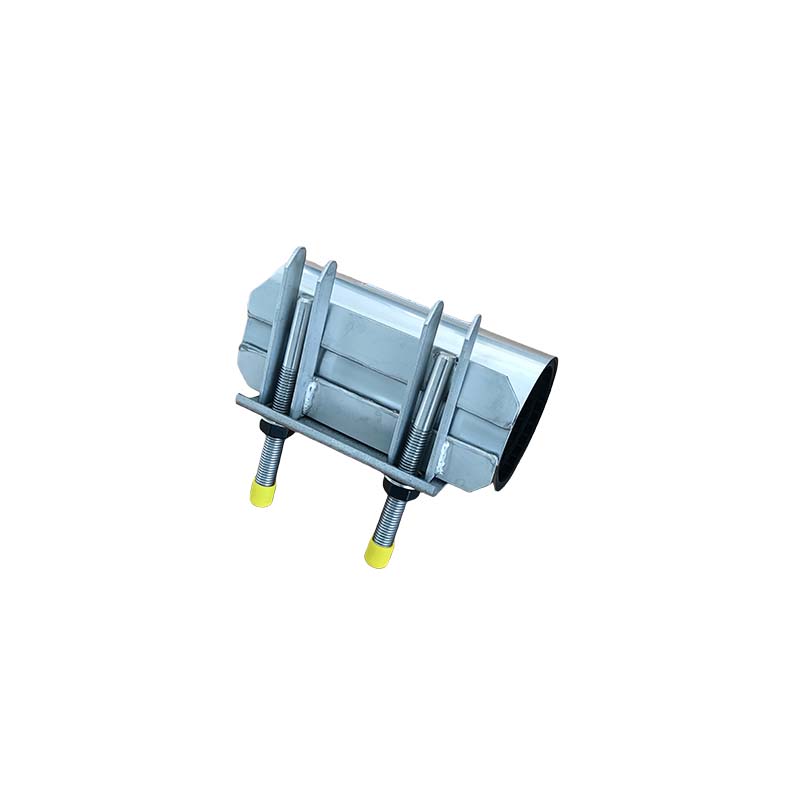outdoor burning bin
The Advantages and Disadvantages of Outdoor Burning Bins
Outdoor burning bins have become a common sight in many residential areas, primarily used for disposing of yard waste, leaves, and other organic materials. While these bins offer a convenient solution for managing landscaping debris, they come with both advantages and disadvantages that homeowners should carefully consider.
Advantages of Outdoor Burning Bins
One of the primary benefits of using outdoor burning bins is their effectiveness in reducing waste volume. Organic materials, such as branches, leaves, and clippings, can quickly accumulate in gardens and yards. By burning these materials, homeowners can significantly reduce the amount of waste that would otherwise need to be taken to a landfill. This not only helps in keeping the yard tidy but also contributes to a lower carbon footprint by minimizing waste transportation.
Moreover, outdoor burning can help in the quick processing of yard waste. Unlike composting, which can take months for materials to break down completely, burning provides immediate disposal. In areas where space is limited, and composting isn't an option, a burning bin can serve as a feasible alternative, allowing homeowners to reclaim usable space in their yards more quickly.
Burning also has the added benefit of producing ash, which can serve as a natural fertilizer when cooled and used correctly. Wood ash is rich in potassium and other essential nutrients that can enhance soil health and promote plant growth, making burning a seemingly dual-purpose activity.
Disadvantages of Outdoor Burning Bins
outdoor burning bin

Despite these advantages, outdoor burning bins have several drawbacks that cannot be overlooked. One major concern is environmental pollution. When materials are burned, they can release harmful emissions, including particulate matter and toxic compounds, into the atmosphere. These pollutants can negatively impact air quality and contribute to respiratory issues, not only for the person burning the materials but also for neighbors and the surrounding community.
Additionally, depending on local regulations and weather conditions, outdoor burning may be prohibited or restricted. Many municipalities have guidelines concerning burning due to fire hazards or air quality concerns. Homeowners must ensure they are compliant with local laws to avoid fines or legal repercussions.
Another significant downside is the risk of uncontrolled fires. Even in controlled environments, outdoor burning can become a hazard if not monitored closely. Strong winds, dry conditions, or oversight can lead to fires spreading beyond the designated area, posing a threat to neighboring properties and natural areas.
Lastly, some may argue that outdoor burning is not the most sustainable method of waste disposal. Alternatives such as composting or municipal yard waste pickup can offer environmentally friendly solutions without the harmful emissions produced by burning. With an increasing focus on sustainability, many homeowners are seeking greener alternatives to traditional burning.
Conclusion
In conclusion, while outdoor burning bins offer a convenient solution for yard waste disposal with several immediate benefits, they also come with significant environmental and safety concerns. Homeowners should weigh both sides carefully, considering local regulations and community impact before deciding if an outdoor burning bin is the right choice for their yard waste management. As we move towards a more sustainable future, exploring alternative methods such as composting may provide a healthier and more responsible way to manage organic waste.
-
The Smarter Choice for Pedestrian AreasNewsJun.30,2025
-
The Gold Standard in Round Drain CoversNewsJun.30,2025
-
The Gold Standard in Manhole Cover SystemsNewsJun.30,2025
-
Superior Drainage Solutions with Premium Gully GratesNewsJun.30,2025
-
Superior Drainage Solutions for Global InfrastructureNewsJun.30,2025
-
Square Manhole Solutions for Modern InfrastructureNewsJun.30,2025
-
Premium Manhole Covers for Modern InfrastructureNewsJun.30,2025
